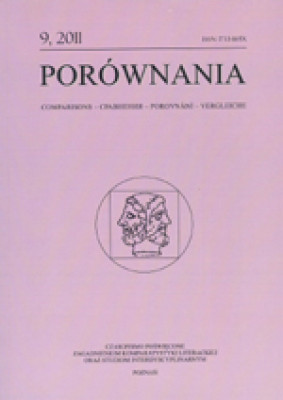Understanding the japanese classical theatre
In the mid of the 19th century, when Japan opened its borders after years of seclusion, two forms of classical theatre nō and kyōgen created at the turn of the 14th and 15th century, seemed to be relicts of the past. Only kabuki (XVII) prospered and potentially – as many Japanese assumed in the beginning at that time – was capable of “modernization” under the outer influence. For that reason, some of the kabuki actors began the process of westernization. They were not aware, however, that assimilation of the norms of the Western theatre was not, for the most part, possible due to cultural differences. In the end, they created a new form, constituting something in between kabuki and formal aspects of European theatre, which was named shinpa (literally meaning “new school”). European style theatre, named shingeki (literally meaning “new theatre”) developed in the beginning of the 20th century, incorporating some native tradition. The article discusses some of the main factors (necessary for proper understanding) shaping the differences between Japanese classical theatre on one hand, Western theatre and Japanese theatre under the influence of the former (shinpa, shingeki), on the other hand. Some attention is also given to differences in reaction of the present day Japanese and foreign spectators, shaped by their theatre preferences and habits.
ISSN: 1733-165X
| Article Title | Type | Size |
|---|---|---|
| Porownania 9 01 06 | [pdf] | [505 KB] |
